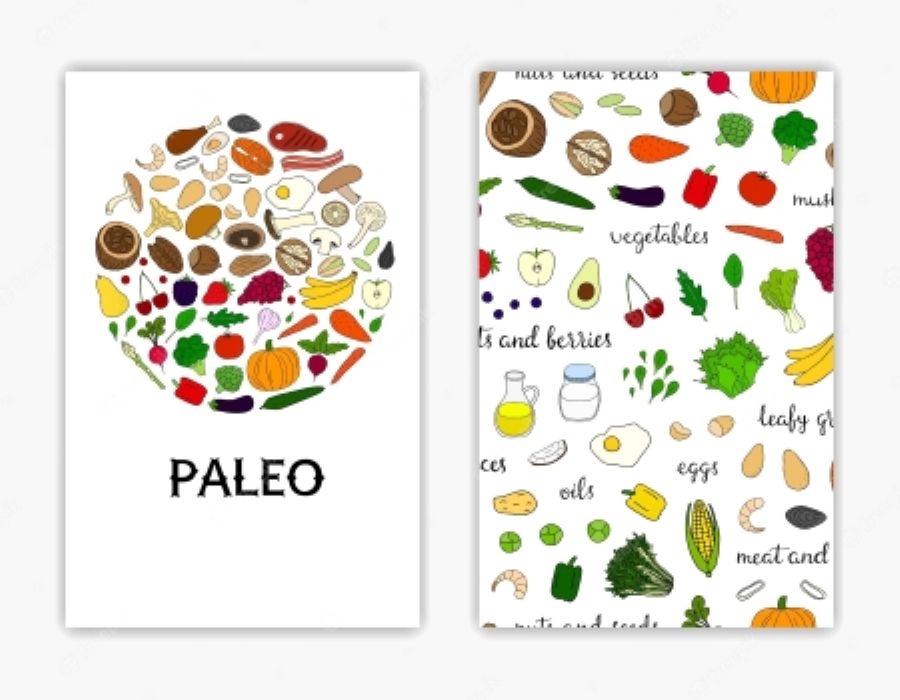The paleo diet has become increasingly popular in recent years. The diet is based on the idea that humans are genetically pre-disposed to eating a specific set of foods, and that modern hybridized versions of these foods are not healthy for us. The paleo diet is a return to our caveman roots, cutting out processed foods and grains while eating more fruits and veggies, fish, poultry, and red meats. The principle behind the Paleo Diet is simple: eat like a caveman. That means lots of lean protein (ideally from grass-fed animals), non-starchy vegetables, fruit, nuts and seeds. These foods are high in vitamins, minerals and antioxidants – all things that the human body needs but cannot synthesize naturally. If you’re interested in learning more about the Paleo Diet or want to begin following it yourself here is some important information:

What Can You Eat?
The Paleo Diet is not a “clean eating” diet, which many people mistakenly assume. Paleo is not about “eating clean” or eliminating certain foods from your diet completely. Instead, it’s about eating the types of foods that humans were genetically designed to eat. This means you can enjoy a wide variety of foods, including meat, fish, poultry, eggs, vegetables, fruits, nuts, and seeds. Any grains, legumes, dairy, or processed foods are strictly off limits. You can also eat as much as you want, provided you’re eating foods that align with the Paleo Diet.
What Can’t You Eat?
If you’re hoping to follow the Paleo Diet, there are some foods you’ll need to cut out completely. Grains and legumes like rice, corn, and beans are strictly off limits, as well as dairy. The Paleo Diet is also heavy in fruits, so if you’re hoping to reduce your sugar intake, this may not be the diet for you. While these foods are generally avoided on the Paleo Diet, there are some exceptions. For example, some people may choose to eat honey in place of sugar while on the diet. Others choose to eat certain grains and legumes, but only after they’ve been properly prepared and sprouted to neutralize anti-nutrients.
Why the Paleo Diet May be Good for You
The Paleo Diet is rich in fiber and vitamins and minerals, which are essential for good health. The diet is gluten-free, which is often recommended for people who suffer from celiac disease or who have a sensitivity to gluten. The Paleo Diet can also assist people with type 2 diabetes to reduce their dependence on insulin and other medications. It is believed that following the Paleo Diet can reset the body’s insulin production so that it works more efficiently.
Potential Disadvantages of Following a Paleo Diet
The Paleo Diet is very nutrient-dense because it contains a lot of protein. This can be great for your muscles, bones, and organs, but it can also cause your kidneys to work harder. If you’re not careful, you risk developing kidney stones, uric acid build-up, and even gout as a result of consuming too much protein. The Paleo Diet can also be high in saturated fat. While you need fat in your diet, you don’t want to consume too much of it. Too much saturated fat can lead to heart disease, strokes, and other health issues.
Final Thoughts
The Paleo Diet is a great way to reduce your sugar intake and eat more nutritious foods. However, it can also be laborious to prepare all of your own meals from scratch and can be expensive to follow. The Paleo Diet is not a “quick fix” for weight loss, but it can be a long-term sustainable diet if you make sure you’re getting the proper nutrition you need.


